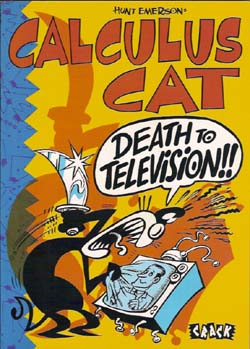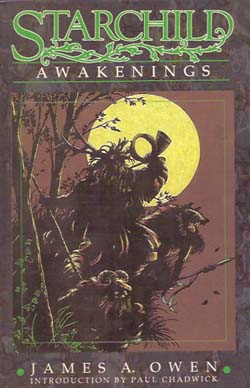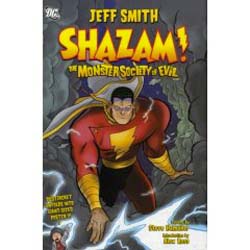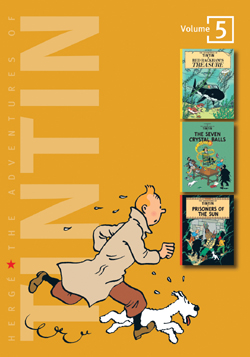
By Hergé, translated by Leslie Lonsdale-Cooper & Michael Turner (Egmont UK)
ISBN 13: 978-1-4052-2898-5
Produced in the conquered nation of Belgium and running in daily instalments in Le Soir, Brussels’ most prominent newspaper, appropriated and controlled by the Nazis, Red Rackham’s Treasure (which ran from 1943-1944) follows directly on from The Secret of the Unicorn (see The Adventures of Tintin Volume 4, ISBN13: 978-1-4052-2897-8) and topped that thrilling chase to secure three parts of a pirate map with a glorious all-out romp in search of the loot itself.
When a loose-lipped sailor is overheard by an enterprising reporter, the treasure hunt becomes a cause celebré and a horde of opportunists claiming descent from Red Rackham, as well as a deaf and daffy Professor named Cuthbert Calculus who wants to use the expedition to test his new invention, accost Tintin and Haddock. Although his offer is rejected the Professor is not a man to be easily dissuaded. With the detectives Thompson and Thomson aboard (in case of criminal activity) the small team sets sail on their grand adventure…
This is a rich and absorbing yarn in the classic manner, full of exotic islands, nautical drama, mystery and travail, brilliantly timed comedy pieces and even a surprise ending. The restrictions of Belgium’s occupation necessitated Hergé’s curtailment of political commentary and satire in his work, but it apparently freed his Sense of Wonder to explore classic adventure themes with spectacular and memorable results. Although not the greatest of stand-alone Tintin tales, in conjunction with The Secret of the Unicorn this story becomes one of the best action sagas in the entire Hergé canon.
In 1943 the artist met Edgar P. Jacobs, who became his assistant on the daily strip. They began with another extended adventure-tale which is now divided into the eerie thriller The Seven Crystal Balls (which ran from 1944-1948) and the grandiose epic Prisoners of the Sun (1946-1949). These dates might seem odd but once again the Nazi conquest holds the answers.
For Belgium Liberation day was September 3rd 1944. When the occupiers fled, workers on Le Soir were arrested as potential collaborators or Nazi sympathizers and the newspaper was closed down. For two years Hergé, Jacobs and Alice Devos were under suspicion, and spent the time adapting old Tintin adventures for release as colour albums. The Seven Crystal Balls remained unfinished and unpublished until Belgian war-hero Raymond Leblanc personally vouched for the artists. Leblanc even set up a new anthology comic called Tintin in which the tale was continued before going on to finish the epic with Prisoners of the Sun. During this period Jacobs left Hergé when the artist refused him a byline for his work. Jacobs then produced his own science-adventure strip Blake and Mortimer which also featured in the weekly Tintin.
The Seven Crystal Balls sees Captain Haddock returned to Marlinspike Hall where he is adjusting poorly to his new-found wealth, with the exasperating Professor Calculus as his house-guest. When Tintin and Snowy visit, a trip to the theatre embroils them all in a baffling enigma wherein the survivors of the South American Sanders-Hardiman expedition all fall into comas due to an Incan curse. Tintin soon determines someone more solid than ethereal is causing the tragedies but even he can’t stop the attacks, and soon he and his friends are also on the mysterious malefactors “to-do†list!
When Calculus is abducted from under their very noses, Haddock gives up his life of luxury and takes up adventuring once more, determined to help Tintin rescue their friend and solve the mystery. Giving chase they narrowly miss the villains at a seaport but they still have a chance to beat the ship carrying Calculus. They board a sea plane for Peru…
This is classic hairsbreadth storytelling. The pace is spellbinding and the ever-present slapstick actually serves to heighten the tension of the chase. The tale ends on a cliff-hanger, which is still painful even in this glorious collected edition when the action continues on the very next page. Imagine how you’d have felt all those decades ago when the conclusion was months away in the next album…
In the Port of Callao Tintin and Captain Haddock anxiously await the arrival of the freighter ‘Pachacamac’ but when it arrives, suspected of carrying their kidnapped friend Cuthbert Calculus, it flies a plague-pennant. There is Yellow Fever aboard and nobody can approach her! Thus begins Prisoners of the Sun, the epic conclusion of the maddening mystery of Inca curses and the doomed Sanders-Hardiman Expedition to South America.
Suspecting a trick Tintin sneaks aboard and finds the Professor, only to be driven away by gunfire. Telephoning Haddock he chases the abductors, leaving the Captain and the detectives Thompson and Thomson to catch up if they can. The journey takes them deep into the beautiful, rugged country where they reunite only to become the target of many murder attempts, and other methods of dissuasion.
Undaunted, Tintin and Haddock continue towards the mountains, and are befriended by Zorrino, a young boy who risks his own life to help them cross valleys, mountains and jungles, dodging death from both beasts and men, until they are all finally captured by the last remnants of a lost and wondrous civilisation…
This is an epic staggering in scope and breathtaking in execution. Whether drawing a battle, choreographing a pratfall or delineating a golden temple the clean precise line of the art and the simplified colour palette makes every panel “realer-than real†whilst the captivating imagination of the storytelling makes this a truly graphic narrative. These are among the best comic adventures of all time and they demand a place on every fan’s bookshelves.
Red Rackham’s Treasure: artwork © 1945, 1973 Editions Casterman, Paris & Tournai.
Text © 1975 Egmont UK Limited. All Rights Reserved.
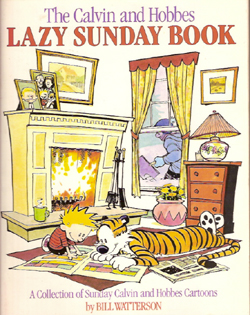

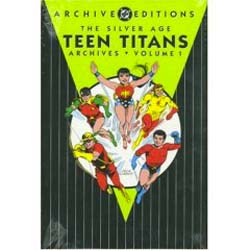
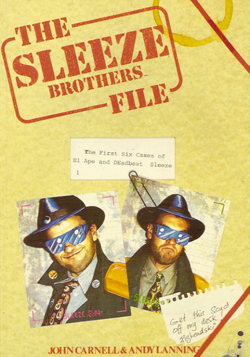
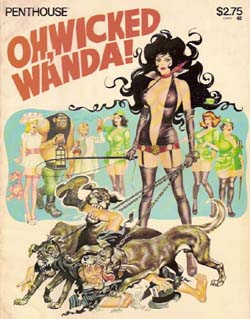
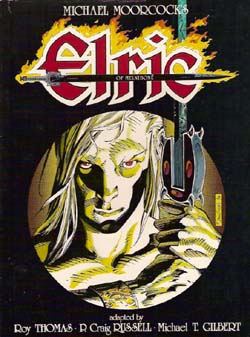
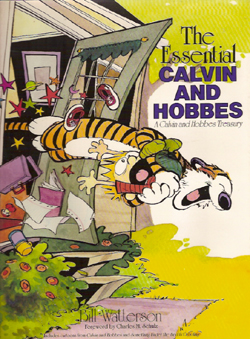 Â
 